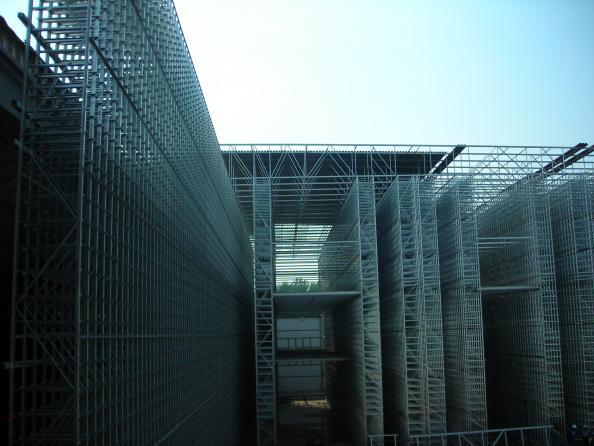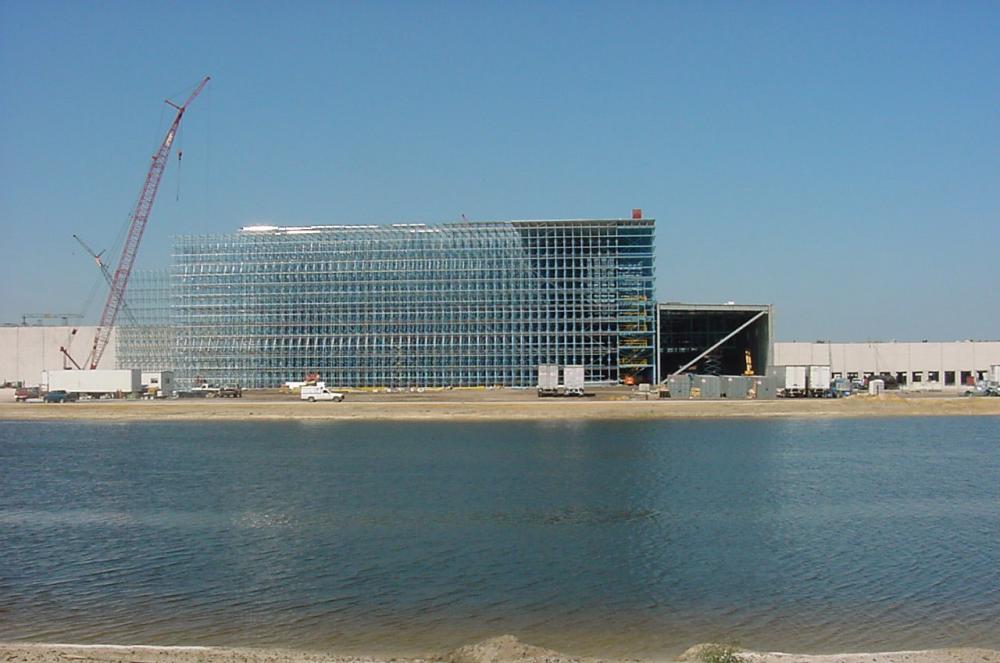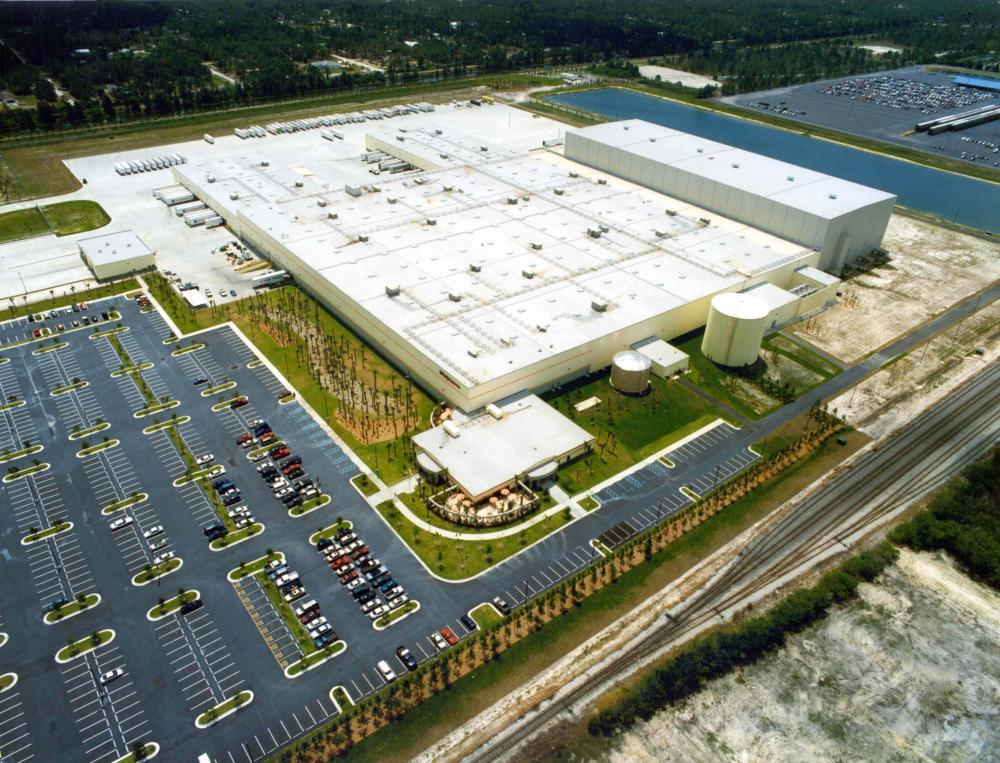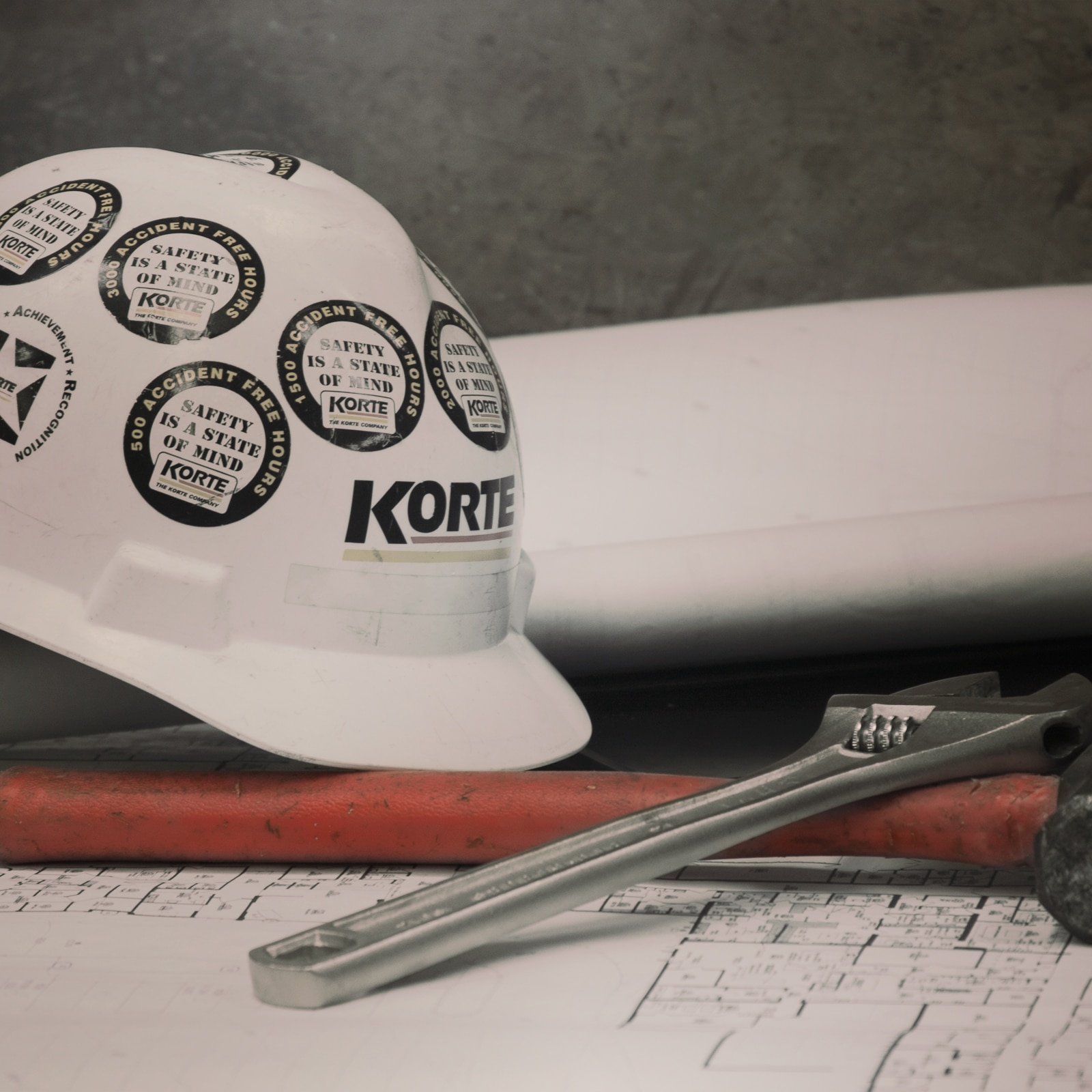Your distribution facility construction company should do more than keep your inventory out of the rain. You need a builder who understands that a warehouse should function like a well-oiled machine. So before you ever break ground on your warehouse construction project, consider these techniques for seamlessly managing your inventory. They’ll make a big difference in the long run. They’ll help ensure that you’re building smart.
Rack-supported structures
For decades, steel frame structures survived as the conventional design for all types of distribution facilities. A “skeleton frame” of vertical and horizontal steel beams, hastily assembled without regard for a specific facility’s purpose, was the prevailing layout. Freestanding racks were added later to accommodate storage needs.

In rack-supported structures, the new warehouse construction standard, the storage units themselves form the basic support for the facility, eliminating the need for obstructive columns throughout the building. The walls and roof, the “skin,” can be added after the racks are installed. Because the roof is constructed last, unlike with a steel-frame structure, racks can be assembled at the ground level and placed on the concrete foundation with a crane. Compared to vertical rack construction, this drastically reduces build time.
Warehouses constructed with this design are able to utilize a higher percentage of a smaller space, maximizing your investment. Because rack-supported structures can be constructed up, not just “out”, they’re especially useful in areas where land is at a premium. And because the forces from any seismic activity or inclement weather are spread over various frames (racks), as opposed to a single frame in the case of a steel structure, they are less likely to sustain damage from these events.

Even with all the benefits of rack supported storage structures, only an experienced builder can determine if it’s the right option for you. If a building may need to be repurposed in the future, or doubles as a manufacturing center, a steel frame may still serve you best.
But perhaps the most beneficial aspect of rack-supported structures is their compatibility with AS/RS systems.
Automated storage and retrieval systems
Automated storage and retrieval systems (AS/RS) are computer-controlled systems for managing inventory. They employ a network of tracks and robotic pickers to automatically deposit and retrieve loads. When storage facilities work with high volumes of orders, they are instrumental in ensuring smooth, accurate distribution. As shipping times become shorter and shorter, AS/RS grows more and more popular.
As one aspect of computer integrated warehousing (CIW), AS/RS use barcodes with radio frequency identification capabilities to determine the position and quantity of available goods, retrieve them and process them for shipment.
By automatically recording the stages of a transaction in real-time, from placement of the order to final delivery, AS/RS provide more accurate documentation of a transfer. They also eliminate time spent searching for inventory that can result in failure to meet delivery deadlines. With today’s push for same-day delivery, efficiency can be the difference between staying competitive and falling behind.

Efficiency through smart design
After more than five decades of building distribution and manufacturing centers, we here at The Korte Company have learned a thing or two about efficiency. Download our free guide to finding the right distribution facility builder for you.
